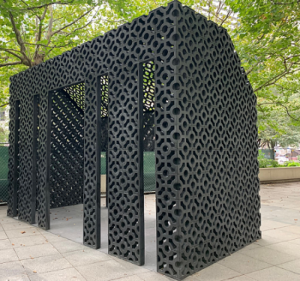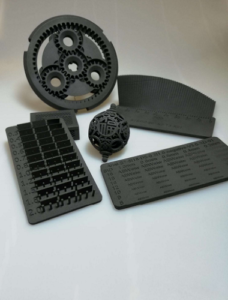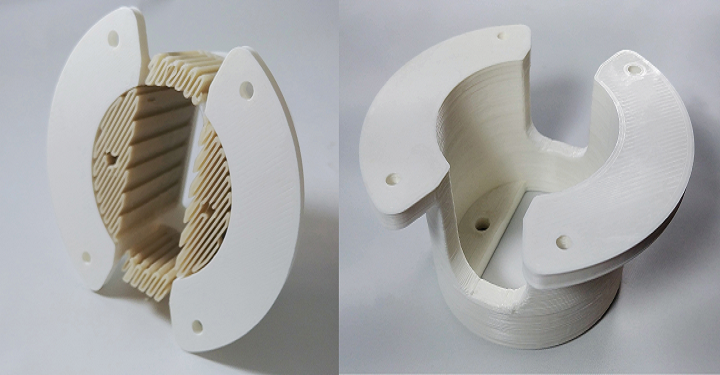Hartford, Connecticut – (January 28, 2019) After a successful test run, AstroPrint is opening today its second phase of a beta program for 3D Printer Fleet Management. This second phase will open the platform to an additional 100 institutions, primarily universities, schools, and other multi-user facilities that share 3D Printing resources.
In October of 2019 AstroPrint allowed just 10 organizations to test and give feedback on the first Beta version of the Fleet Management system. These institutions varied from Ivy League universities to K-12 schools. The feedback from these institutions helped shape the platform into the exact type of system needed in Multi-printer/Muli-user facilities.
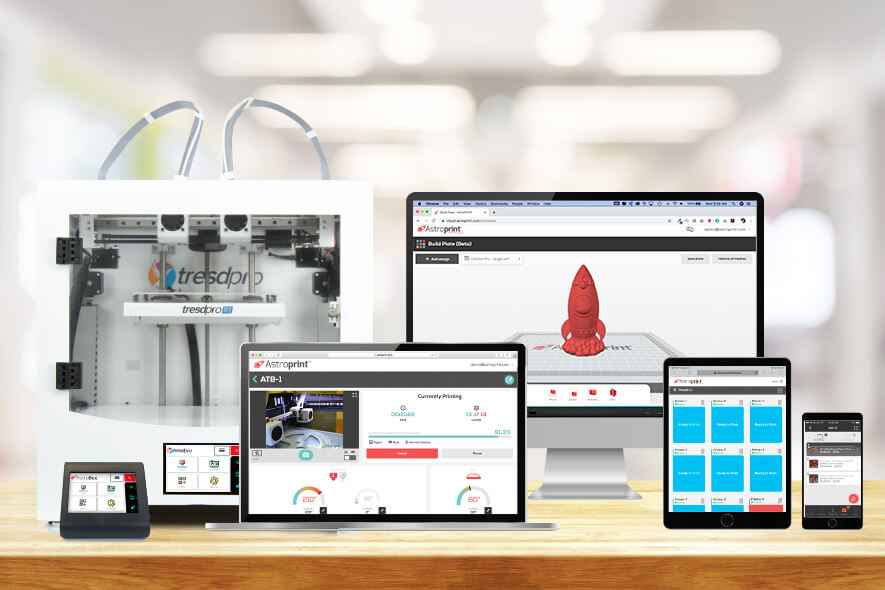
Ideal candidates for the Beta program are Universities, Educational Districts, and Enterprises that have a fleet of 3D Printers, share them across multiple user types, and need to extract data/analytics on the usage of the machines.
Follow the link astroprint.com/beta-for-education to get your beta access now.
Hartford, Connecticut – (October 16, 2019) AstroPrint is launching a bespoke version of its popular 3D Printer Management Platform for Universities, K-12 schools and other education institutions, aimed at making 3D printing more accessible to students, increasing the efficiency of school fleets, and reducing related costs in staffing and resources.
While rolling out the successful AstroPrint for Enterprise program earlier this year, several K-12 schools got in touch to integrate AstroPrint for their STEM (Science Technology Engineering & Math) curriculum, while many universities wanted a better resource-sharing and control system for their 3D printer farms in their schools of Engineering, Architecture, and Art.
While their requirements were largely similar to enterprises, such as remote fleet management, automated control, and data-driven optimization to reduce cost and waste, we realized that education institutions had unique needs that were not characteristic of a commercially-run fleet.
For instance, schools typically see large cohorts enter and leave every academic year, and students are typically just starting to learn to use 3D printers and may not be conscious about printing efficiency and resource sharing. Moreover, most schools operate on tight budgets which limit available manpower, man-hours, and printing infrastructure and resources. The education version of AstroPrint is designed to address these demands of education.
Ease of Setup, Ease of Use
Designed for the education environment, AstroPrint for Education offers administrators advanced user management features such as the bulk import of new users during matriculation season, and can organize them into multiple user-groups with different roles assigned within each group. Each user role will be configurable with unique permissions, such as the ability to add to the print queue, start/stop prints, or modify printer queues.
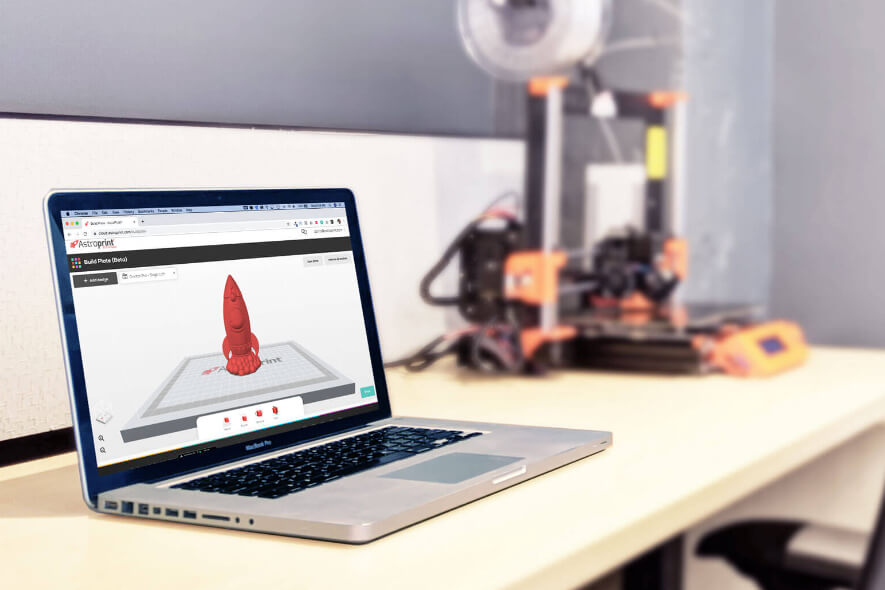
SSO Integration, Multi-Platform Support
Access is also simplified for education institutions, with possibility for SSO integration with Active Directory, Google for Education, and other platforms, further reducing the complexity for adoption. Unlike enterprise environments, students may also use a variety of computer platforms and mobile devices. With AstroPrint for Education, they will be able to get full access from anywhere and on any platform, such as Chromebooks, Mobile Apps, or Desktop browsers.
Taking Out the Guesswork
With data-driven analytics built-in, stats such as printer performance, printer maintenance, filament usage, success/failure rates, and operator effectiveness will drive greater efficiency and less waste in tight-budget education environments. Administrators can now answer questions such as: What are my funding needs/costs for the 3D Printer Farm? What will it cost to scale the 3D Printer Fleet? Which filaments give better print-success rates? What slicer settings work best in their facility? Do students that take a 3D Printing course get more successful prints?
Reduce Cost, Enhance Experience
Remote-control, system automation, and distributed governance means you can do more with less manpower and man-hours. Departments do not need to roster or hire dedicated staff to constantly watch the fleet, and are freed up to focus on more vital tasks. Students can be automatically funnelled into Smart Queues, depending on the prioritization of their projects and their level of training. This means that printer fleets can be controlled and monitored to prevent excessive spend on elective projects or non-approved prints.
Why it Matters to AstroPrint
“It was challenging to adapt our platform to the new multi-user plan but it was a clear market need that we kept hearing from our customers. The new plan gives you the reliability that you can expect from 5 years of experience building the best 3D Printing experience coupled with new superpowers that will help you manage your 3D Printer fleet,” commented Daniel Arroyo, CTO at AstroPrint.
“Feedback from the first universities has been very positive. We improved the platform a lot so every student feels comfortable using this technology, while administrators have the freedom to manage printers and users according to their specific needs,” added Raul Frutos, Head of Business Development at AstroPrint.
Sign up for Beta Testing Today
Get more information on AstroPrint for Education and sign up for the Beta Test today. AstroPrint for Education is slated for full release in early 2020.
About AstroPrint
AstroPrint is a venture-backed company with offices in Hartford, San Diego, and Malaga (Spain), and is the fastest growing cloud (IoT) platform in the Additive Manufacturing industry. AstroPrint has processed over 2M 3D Prints from 100K+ users. AstroPrint’s cloud-based platform simplifies 3D Printing control, networking, and optimization processes for businesses, schools, and enterprises, as well as 3D printing enthusiasts.
AstroPrint Media Resources: https://AstroPrint.com/media
Learn more about AstroPrint for Education: https://www.astroprint.com/3d-printer-school-university
The post AstroPrint 3D Printer Management Software opens new education plan beta access appeared first on 3DPrint.com | The Voice of 3D Printing / Additive Manufacturing.

